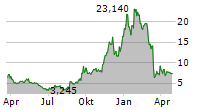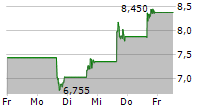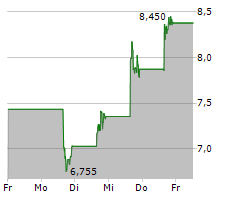
WASHINGTON (dpa-AFX) - On Wednesday night, NASA launched aboard a SpaceX Falcon 9 rocket the Intuitive Machines' lunar lander named Athena from its Kennedy Space Center in Florida.
Aboard the mission are a suite of NASA technology and science instruments along with commercial payloads on their way to the Moon as part of the agency's CLPS (Commercial Lunar Payload Services) initiative and Artemis campaign. These instruments aim to help the agency develop capabilities needed to explore the Moon under Artemis and in advance of human missions on the lunar surface.
NASA said that at approximately 8:01 p.m. EST, Intuitive Machines' lunar lander separated from the rocket, powered on approximately 12 minutes later, and will continue its weeklong journey to the Moon.
Also launching as a rideshare on the mission, NASA's Lunar Trailblazer will be deployed to lunar orbit where it will map the distribution of the different forms of water on the Moon.
Athena is expected to land on the lunar surface on March 6. Among their second lunar delivery, the IM-2 mission will be one of the first on site demonstrations of resource detection on the Moon. A drill and mass spectrometer will measure the potential presence of volatiles or gases from lunar soil in Mons Mouton, a lunar plateau near the Moon's South Pole.
In addition, a passive Laser Retroreflector Array on the top deck of the lander will bounce laser light back at any orbiting or incoming spacecraft to give future spacecraft a permanent reference point on the lunar surface. Other technology instruments on this delivery will demonstrate a robust surface communications system and deploy a propulsive drone that can hop across the lunar surface, according to NASA.
Copyright(c) 2025 RTTNews.com. All Rights Reserved
Copyright RTT News/dpa-AFX
© 2025 AFX News



